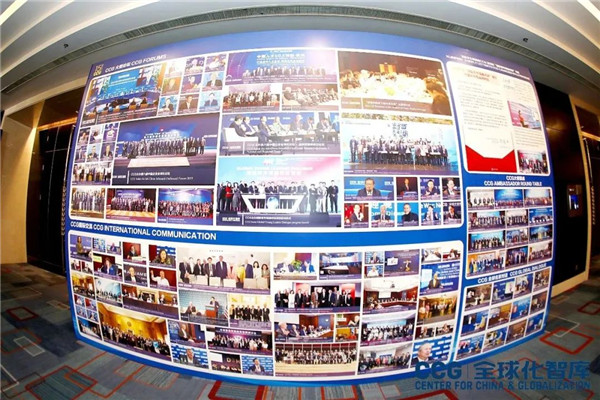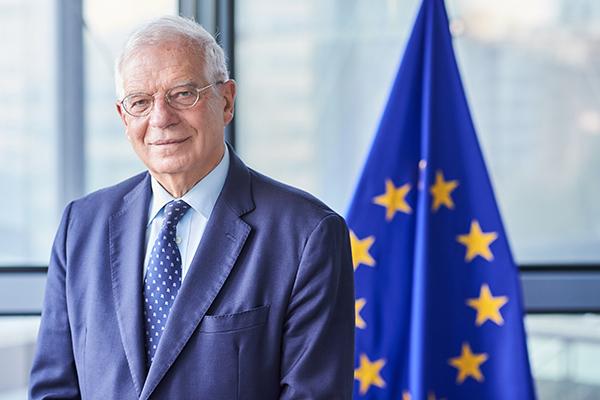Wang Huiyao: Unlike the US, China is not trying to shut out the future
August 13 , 2025From SCMP, 2025-8-13
■ The green transition is likely to define the 21st century. Rather than resisting change, China is choosing to shape it.
By Wang Huiyao | Founder of the Center for China and Globalization(CCG)
Yet the term “China Shock 2.0” practically begs misinterpretation. Both authors clearly understand this: they speak against the reflexive protectionism that such a framing inspires and posit instead a forward-facing ideal of careful investment and subsidy.
It must be stressed that today’s changes are not a repeat of past disruptions. They are not about factory closures or lost jobs; they are about the construction of entirely new systems and industries. China is not here as a destabiliser, but as a builder.
Today’s shift, the China Shock 2.0, is better termed a future shock. And it is led by capital-intensive, hi-tech industries: EVs, solar power, wind turbines, batteries, smart grids and artificial intelligence. These sectors are not driven by low wages but by scale, supply chain integration and a relentless push for innovation driven by a series of world-leading institutions that only seem to be strengthening because of a switch away from state-led subsidies to a greater emphasis on market discipline and research-driven innovation.
If the 19th century belonged to steam and the United Kingdom, and the 20th century to silicon and the United States, then the 21st century will belong to those who lead the green transition. China is doing just that. The benefits are being felt worldwide. In 2023 alone, China installed more solar capacity than the entire rest of the world combined: 1.6 times as much. It had nearly double the rest of the world’s wind installations and is driving down clean energy costs worldwide.
The cost of solar panels has dropped from 24 US cents per watt of capacity in 2023 to just 11 US cents in 2024. China is not so much supporting the green transition as underwriting it.
Old industries are not being displaced so much as new ones being created, and the global benefits are already visible. In developing countries, clean energy installations are reaching places where traditional grids never did. In parts of Africa, Southeast Asia and Latin America, solar microgrids, battery systems and electric mobility are leapfrogging legacy systems. These are first-time deployments that bring modern infrastructure to communities long left behind.
Yet it is this very capacity – this speed, efficiency and reach – that raises hackles. The temptation is to respond with tariffs and protectionism. But the lesson from history, including Autor and Hanson’s own work, is that such strategies often fail.
In the 1970s and 1980s, the US auto industry faced competition from Japan. Tariffs and export restrictions offered temporary relief, but they could not mask deeper structural weaknesses. Today, foreign-owned automakers dominate most vehicle segments in the US, while domestically owned companies have retreated into the tariff-protected light truck and SUV categories.
The case of Harley-Davidson is even starker: a 1983 tariff on imported heavyweight motorcycles and unwillingness to diversify led to a reliance on a narrow cohort of ageing riders. Today, it faces a declining customer base and a dated product line.
Instead of resisting change, it’s best to choose to shape it. Following the 1985 Plaza Accord, Japan responded to US pressure by investing directly in American factories. Today, China is pursuing a similar path, not to circumvent and upend markets, but to participate in them. An “in the world, for the world” strategy locates production in partner countries, transferring know-how and aligning with local development goals, offering jobs to local workers and revenue to local governments.
For example, Changan Automobile’s “hai na bai chuan” (“the sea embraces all rivers”) strategy involves the construction of 20 factories overseas. Xpeng has launched localised EV production in Indonesia. BYD has begun assembling electric vehicles in Brazil at a factory once owned by Ford. Huawei and Chery have partnered to create a new electric vehicle brand with over 10 billion yuan (US$1.4 billion) in integrated research and development and production capacity.
China is not bypassing global rules or local partners. Instead, it is investing in shared growth and long-term collaboration.
Indeed, China is increasingly playing a stabilising role in the global system as others retreat. As the United States withdraws from liberal internationalism and scales back support for multilateral institutions and public goods, China is filling critical gaps. From supporting regional forums such as the Community of Latin American and Caribbean States (Celac) and contributing about 15.25 per cent of the United Nations budget, to pledging US$500 million over five years to support the World Health Organization, China has consistently chosen to remain engaged.
China has implemented a zero-tariff regime for goods from 53 developing countries. Its visa-free entry policy now covers over 75 nations. China is pursuing membership of the Comprehensive and Progressive Agreement for Trans-Pacific Partnership, which the US withdrew from in 2017. China is also participating in global standard-setting, including AI governance frameworks, research collaboration and other win-win projects. Far from pulling back, it is investing in a world that remains open, networked and shared.
The real shock is not China’s ascent. It is how quickly the future is already being assembled. The only mistake now would be trying to shut it out, rather than choosing to be part of it.
Topical News See more






